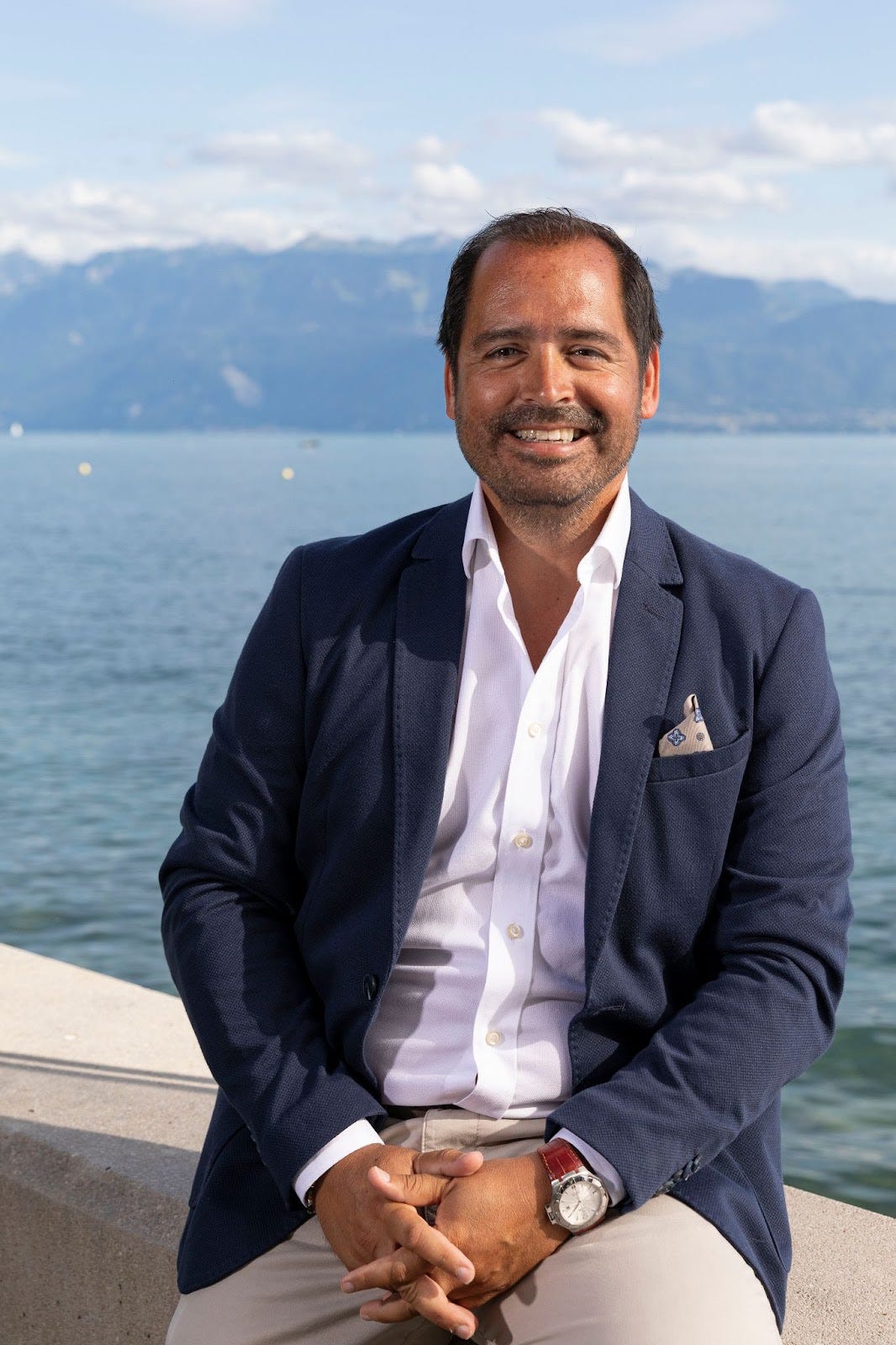The Lake’s Whisper, Breva’s Masterpiece
“Time is the longest distance between two places." – Tennessee Williams
There are whispers in the wind that dances across Lake Como—a wind the locals call La Breva. It sweeps down from the mountains, teases the water’s surface, and vanishes before you can grasp it. But what if someone bottled that ephemeral breath, not in a jar, but in gears and gold?
That someone was Vincent Dupontreué, an entrepreneur who, instead of succumbing to the lake’s hypnotic sunsets, became obsessed with measuring time through nature itself. And so, in 2010, Breva Genève was born—not merely to tell time but to read the world through mechanical ingenuity.
For years, Breva lingered in the shadows, creating watches that did the unthinkable. A wrist-worn barometer. A mechanical altimeter. A speedometer powered by nothing but gears and gravity. The world tilted its head, intrigued, and then returned to its predictable dance between legacy brands and their moon phase complications. Breva, however, was playing the long game.
Fifteen years after its inception, Breva is stepping into the light once more. At the helm stands Julien Haenny, a man whose career has traced the blueprints of Switzerland’s finest watchmakers—Jaeger-LeCoultre, Anonimo, Vulcain. Under his watchful eye, Breva now introduces the Segreto di Lario, a timepiece as enigmatic as the lake it honors.
Limited to just 25 pieces, the 41mm cushion-shaped case in 18K rose gold isn’t merely an exercise in luxury—it’s a deliberate statement. The Segreto di Lario doesn’t ask for attention; it earns it. Water-resistant to 50 meters, it might survive a careless slip into the lake, though the owner’s pride might not.
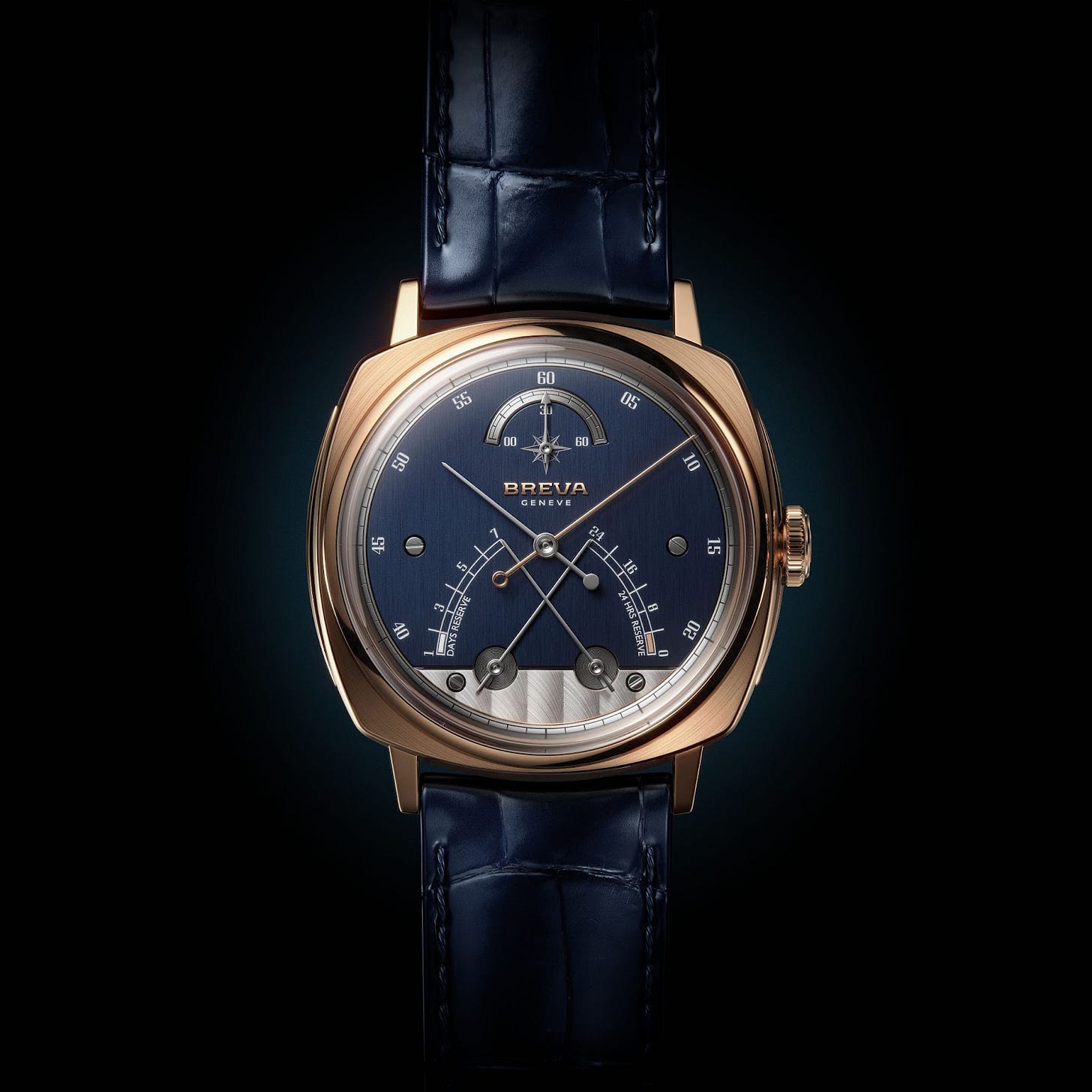
Breva Genève positions itself as the ultimate fusion of scientific precision and artisanal luxury, catering to collectors who seek more than just a watch—they seek an instrument of discovery. Unlike mainstream luxury brands that focus on heritage, Breva embraces a spirit of innovation, creating timepieces that not only measure time but also interpret the elements. With an emphasis on exclusivity, technical ingenuity, and aesthetic sophistication, Breva occupies a niche where adventure meets haute horology, appealing to modern explorers who appreciate both mechanical artistry and functional intelligence.
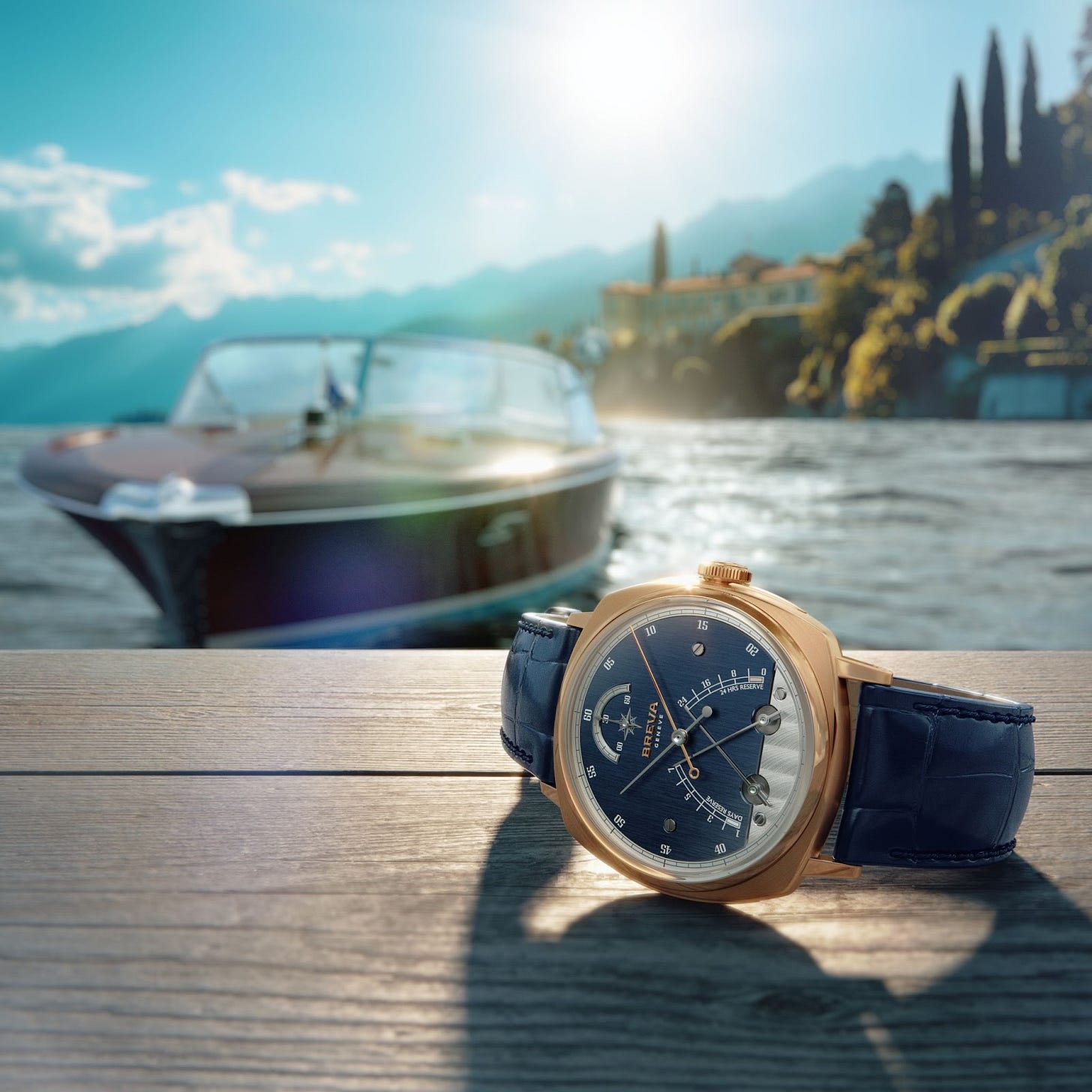
At its core, Breva’s ethos is defined by an unyielding commitment to innovation. The brand is not merely reviving horological traditions but reshaping them with an adventurous spirit. Its philosophy echoes the Renaissance-era pursuit of knowledge—where scientific inquiry meets aesthetic mastery. By integrating meteorological functions into haute horology, Breva challenges conventional perceptions of what a timepiece can be.
But beyond precision and technical achievement lies pathos—the emotional resonance that makes Breva’s watches more than instruments of time. The brand taps into a deep human desire: the need to explore, to understand, and to cherish moments that cannot be replicated. Each Breva timepiece is not just an accessory; it is an intimate companion on life's journey. Whether tracking atmospheric pressure or quietly marking the passage of a week, the Segreto di Lario transforms time from something to measure into something to experience.
But it’s what lies beneath the dial that makes the Segreto di Lario truly remarkable. Unlike most power reserve indicators that mundanely track the energy left in a watch, Breva’s approach is delightfully unconventional. The dual retrograde system splits the seven-day power reserve into two distinct movements: one hand elegantly sweeps through the first six days, while another takes over for the final 24 hours. The result? A crossed-hands display that is as much an aesthetic marvel as it is a technical feat.
The man responsible for this mechanical poetry is Jean-François Mojon, a watchmaker whose name carries the weight of Chronode’s finest creations. He describes the system with the casual air of someone explaining a pancake recipe: “The power reserve indication is split into two kinematic chains, each with a dedicated cam, with rake feelers transmitting information to the hands, while hairsprings maintain tension between cam and feeler.” In short: it’s genius.
The dial is a study in contrasts. A vertically satin-brushed center gives way to vertical Côtes de Genève, catching the light like ripples on Lake Como. The chamfers are diamond-polished, the hands crafted by GMG Composants, the strap painstakingly stitched by Italian artisans at Cinturini. This is not mass production; it’s a symphony of specialists, each perfecting a single note.
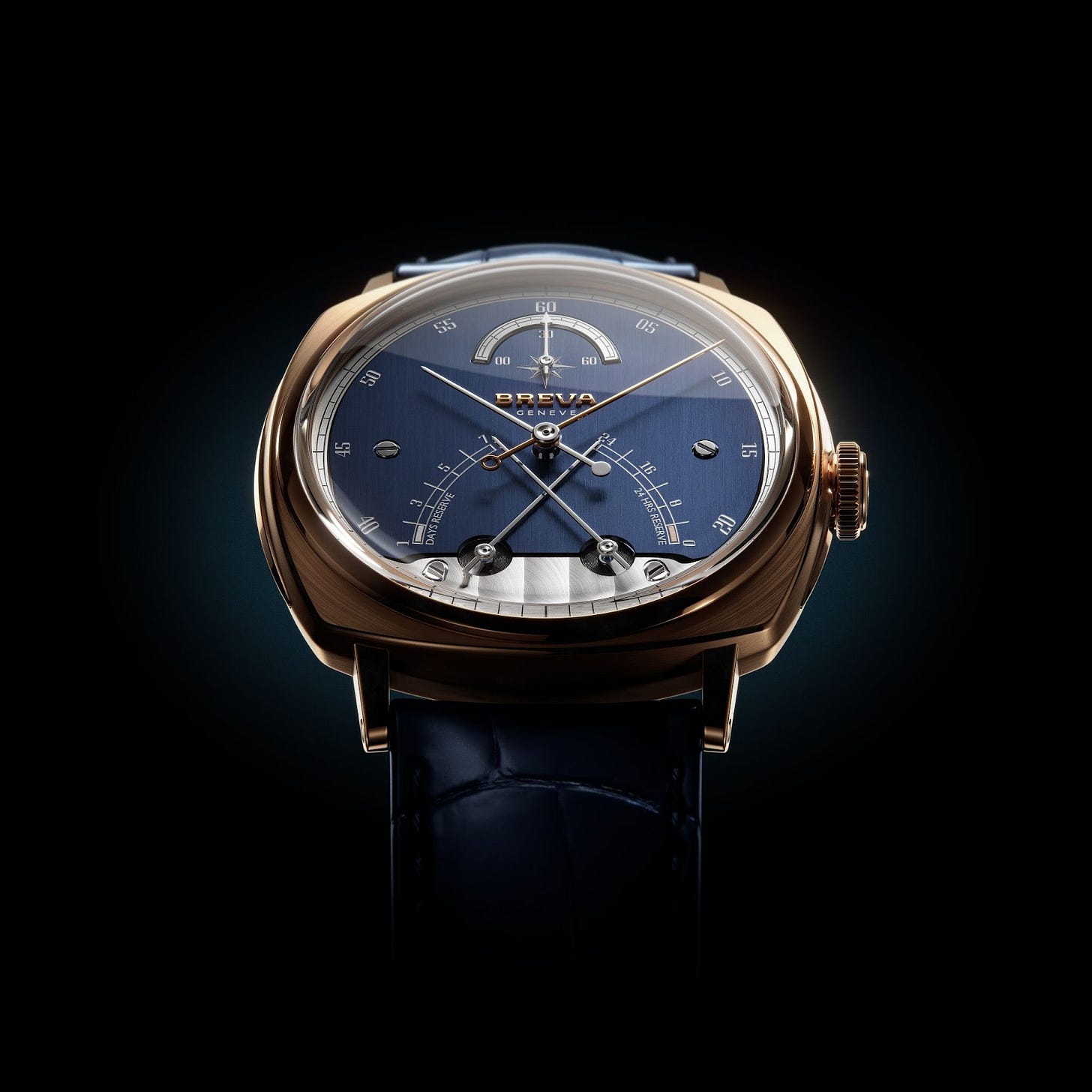
Through the sapphire caseback, the movement reveals its secrets: rhodium-plated bridges adorned with Côtes de Genève, hand-beveled edges gleaming under soft light, and a mesmerizing interplay of sandblasted engravings and snail-finished ratchets. Every surface whispers of precision, a quiet defiance against disposable luxury.
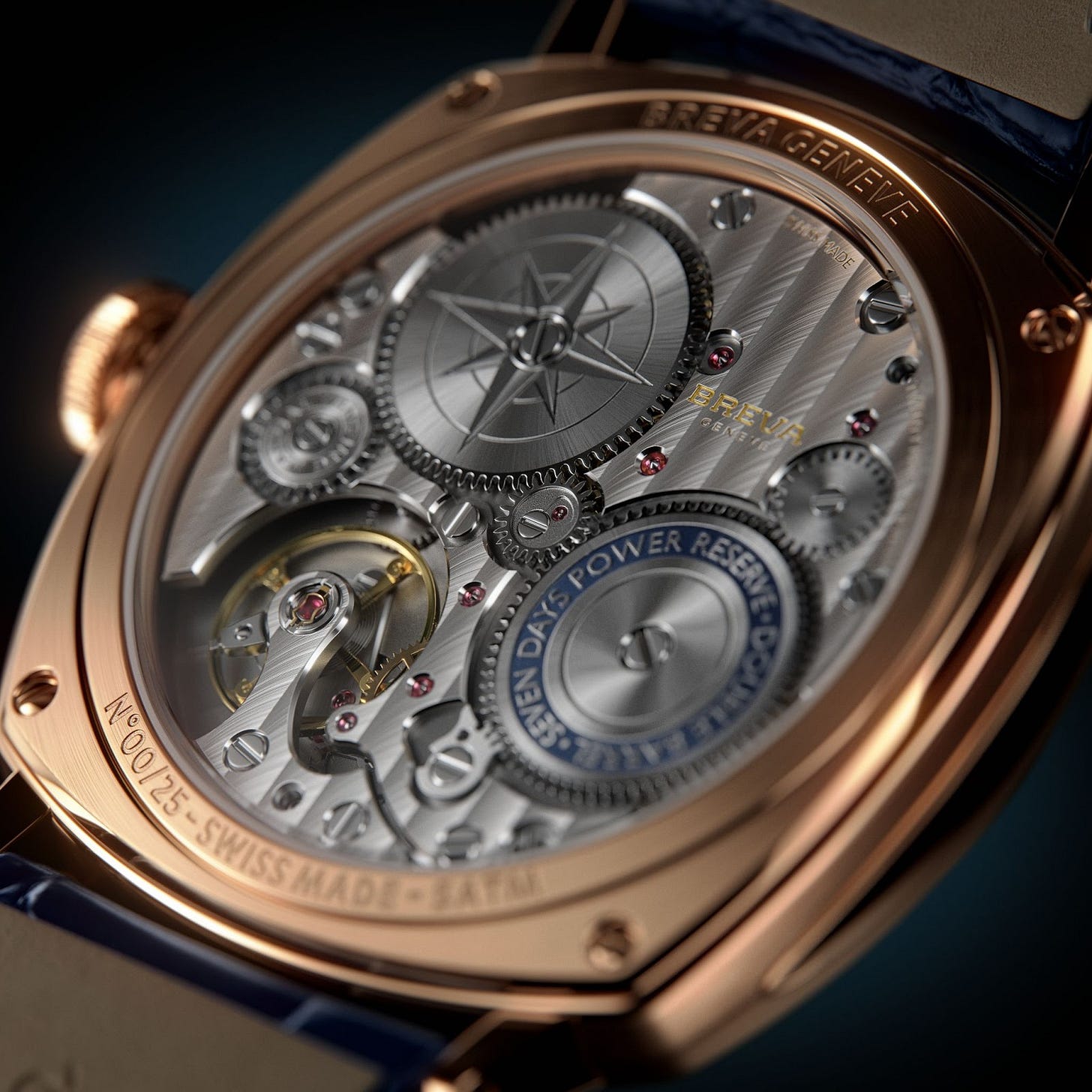
But Breva’s story didn’t start here.
Back in 2013, Génie 01 stunned the world as the first mechanical watch with a working barometer. Not content with predicting the weather, Breva followed up with the Génie 02, a timepiece that measured altitude up to 5,000 meters. And then, because why not, they created the Génie 03—a wristwatch with a mechanical speedometer capable of measuring speeds up to 200 km/h. Breva wasn’t just making watches; it was creating instruments for explorers.
And yet, innovation alone does not guarantee longevity. The brand lay dormant, waiting, watching. Now, under Haenny’s leadership, Breva returns with a refined approach. The tools remain extraordinary, but the aesthetic has matured, balancing Italian sprezzatura with Swiss rigor.
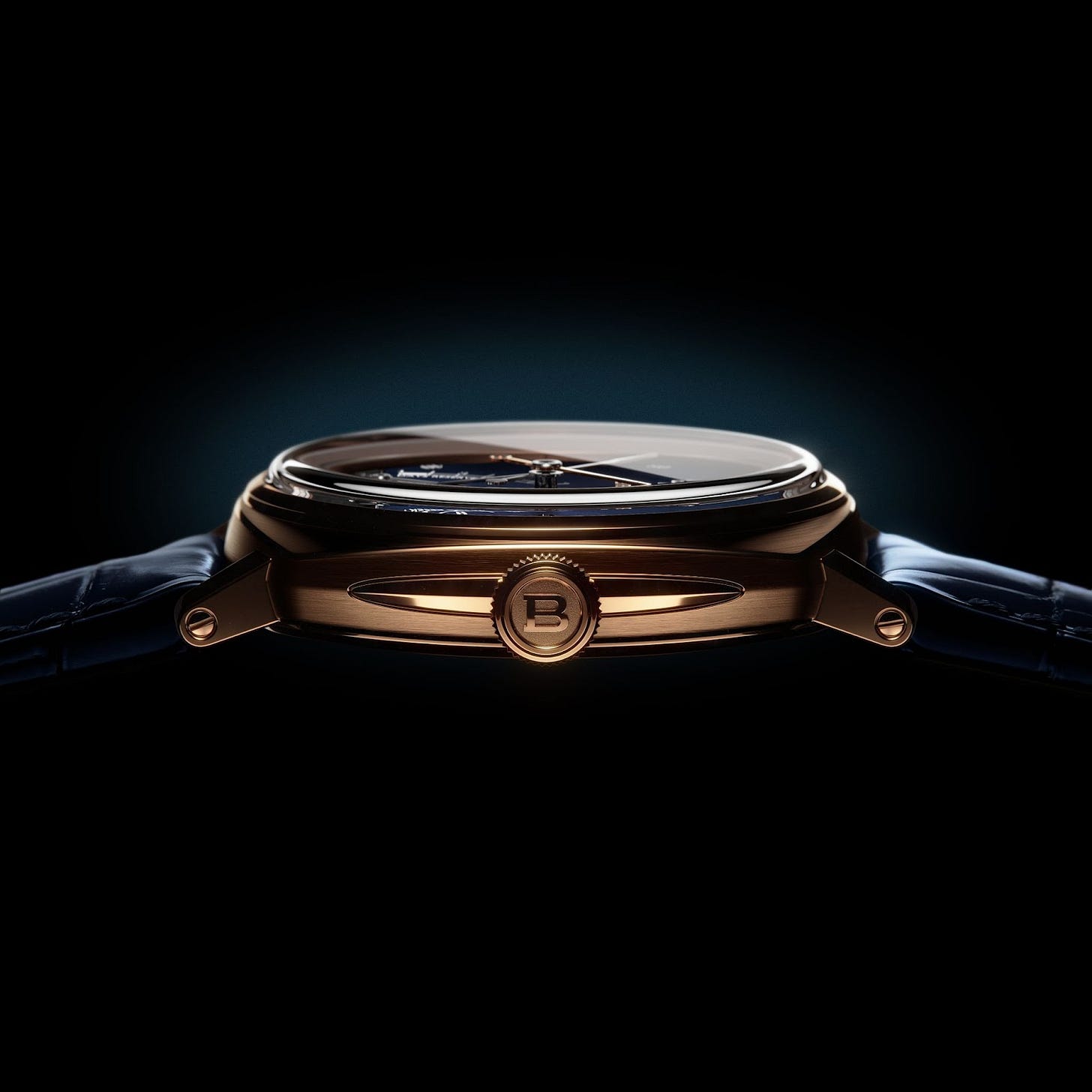
The name Segreto di Lario holds meaning beyond mere branding. It refers to the seventh day, the moment when timekeeping ceases to be a necessity and becomes a luxury in itself. It’s about that extra moment, the kind that vanishes if you don’t seize it—the hidden spots of Lake Como where the tourists never reach, the pauses in life we fail to take. The power reserve doesn’t just mark hours; it marks intention.
In an era where watches vibrate with notifications, count your steps, and monitor your heart rate, Breva offers something radical: a watch that simply measures energy—yours and its own. No distractions, no algorithms—just a quiet hum of mechanical mastery that keeps going long after digital counterparts have demanded a charge.
The price? A secret, of course. Breva doesn’t sell watches; it shares them with those who understand. And like the wind it is named after, its presence is felt more than seen—carrying across the lake, waiting for the right person to hear its call.
Author: Sergio Galanti



